Common Name(s): Subapline fir
Scientific Name: Abies lasiocarpa
Distribution: Mountainous regions of eastern North America
Tree Size: 65-100 ft (20-30 m) tall,
2-3 ft (.6-1 m) trunk diameter
Average Dried Weight: 33 lbs/ft3 (530 kg/m3)
Specific Gravity (Basic, 12% MC): .33, .53
Janka Hardness: 350 lbf (1,560 N)
Modulus of Rupture: 8,420 lbf/in2 (58.0 MPa)
Elastic Modulus: 1,324,000 lbf/in2 (9.13 GPa)
Crushing Strength: 4,910 lbf/in2 (33.9 MPa)
Shrinkage: Radial: 2.6%, Tangential: 7.4%,
Volumetric: 9.4%, T/R Ratio: 2.8
Color/Appearance: Heartwood is usually white to reddish brown, with pale sapwood that isn’t clearly distinguished from the heartwood.
Grain/Texture: Grain is straight, with a uniform, medium-coarse texture.
Rot Resistance: Rated as non-durable to perishable regarding decay resistance, with little resistance to insect attacks.
Workability: Generally easy to work with both hand and machine tools. Glues, stains, and finishes well.
Odor: Generally has no odor, though some pieces may have an unpleasant scent when green.
Allergies/Toxicity: Although severe reactions are quite uncommon, fir in the Abies genus has been reported to cause skin irritation. See the articles Wood Allergies and Toxicity and Wood Dust Safety for more information.
Pricing/Availability: Subalpine fir is used as construction lumber and is commonly grouped together with other species of spruce and pine and sold under the more generic label spruce-pine-fir, or simply SPF. Prices should be moderate for such utility lumber, though clear, quartersawn, or other such specialty cuts of fir lumber are likely to be more expensive.
Sustainability: This wood species is not listed in the CITES Appendices, and is reported by the IUCN as being a species of least concern.
Common Uses: Construction lumber, paper (pulpwood), plywood, and other utility wood purposes.
Comments: Fir is divided into different groupings, with the primary species in the western United States (including subalpine fir) all belonging to the white fir group.
Images: Drag the slider up/down to toggle between raw and finished wood.
Identification: See the article on Softwood Anatomy for definitions of endgrain features.
Resin canals: absent (traumatic resin canals occasionally present)
Tracheid diameter: medium
Earlywood to latewood transition: very gradual
Grain contrast: medium
Lookalikes/Substitutes: Hemlock (Tsuga spp.) is difficult to differentiate from fir species: both have similar color, grain, and weight. Also, they both lack resin canals and have little to no discernible scent. Spruce (Picea spp.) and pine (Pinus spp.) are two similar-looking softwoods that can also be confused with fir. However, these two genera both feature resin canals (and pine has a distinct odor), which helps to separate them from fir.
Notes: Fir species can’t be reliably separated from each other on the basis of macroscopic anatomy. (There are slight differences between the various species in density, texture, and grain evenness, but none provide a consistent means for positive identification.)
Related Content:

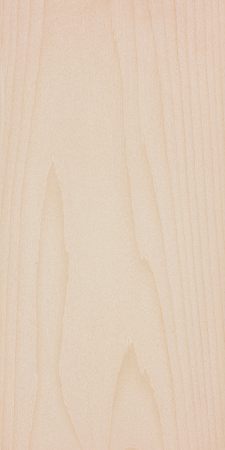
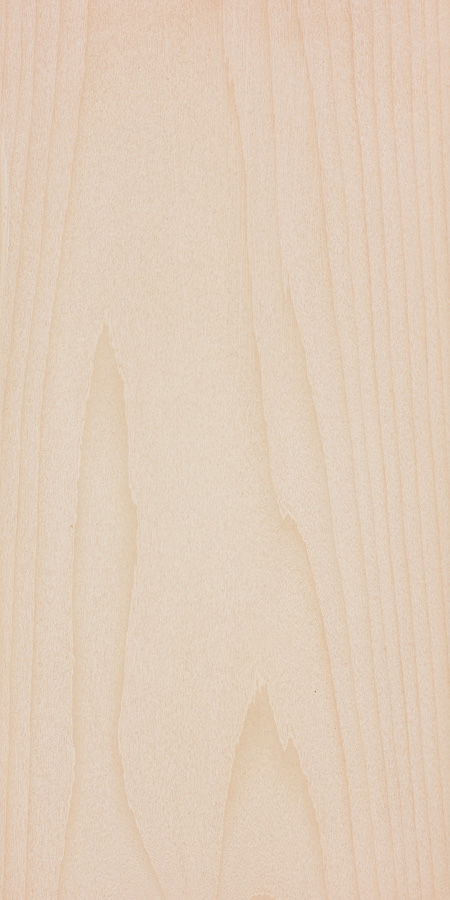
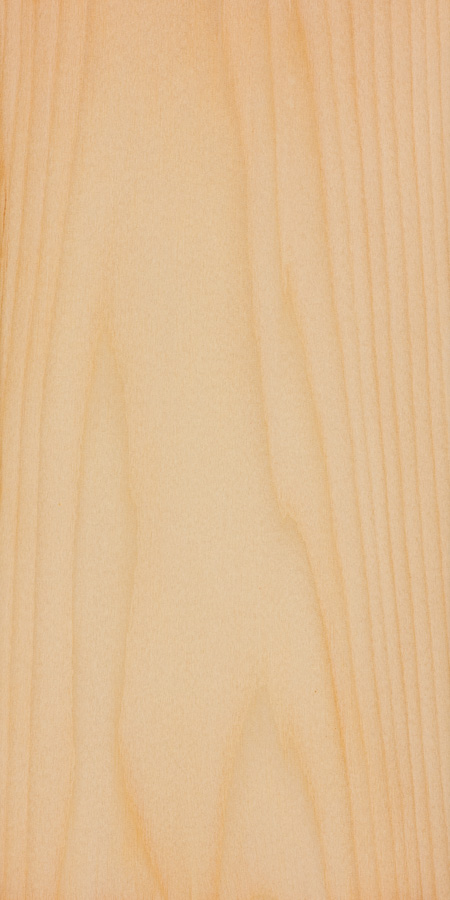
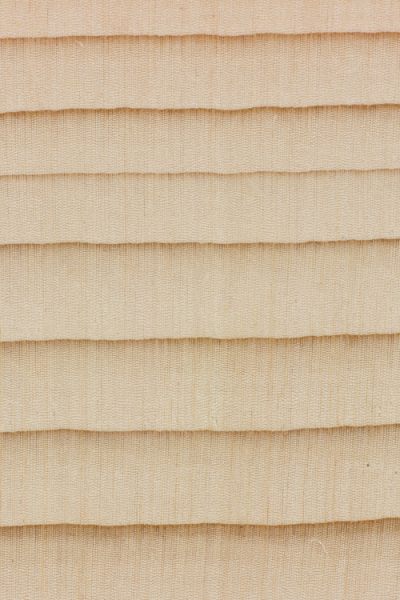

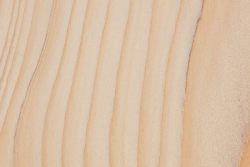
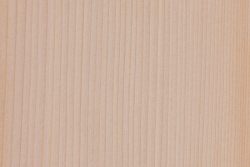
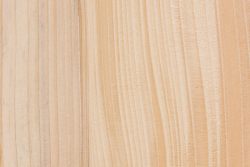
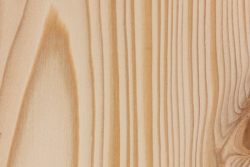
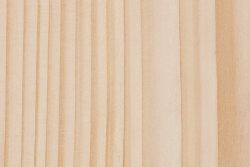
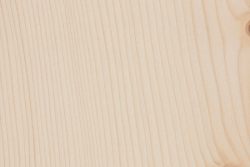
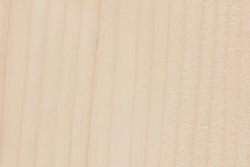
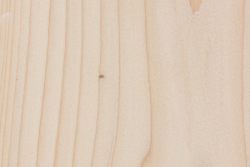
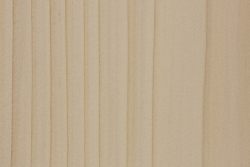
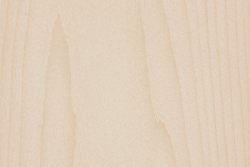
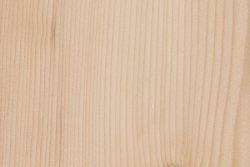
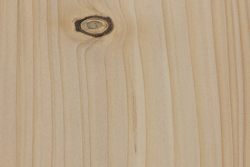
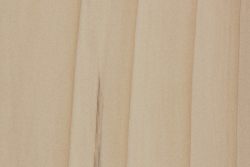
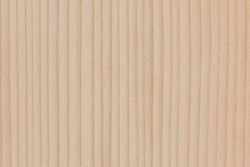
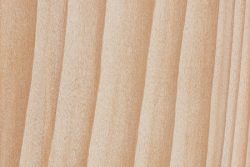
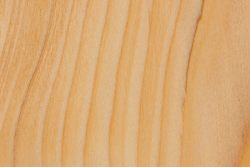





Abies lasiocarpa may be an underutilized tonewood for stringed instruments, being more resonant than commonly used woods. The following is copied from William Cumpiano’s blog. I’ve just received a technical paper from a Canadian supplier (one prepared particularly by a research scientist working for a Canadian organization which carries out scientific research for the Canadian forest industry) which compares, among other factors, a variable called the wood’s ATR or Ability To Resonate. Interested? “In the musical-instrument building industry, researchers have established the importance of Modulus of Elasticity (MOE) and wood density (Krzysik 1967, Ono 1983). They have developed the following… Read more »
What units are being used in the calculation? I’ve tried several sets of units and I haven’t come up with results that were remotely similar to the values presented.